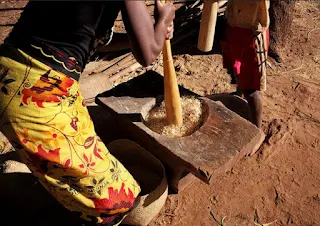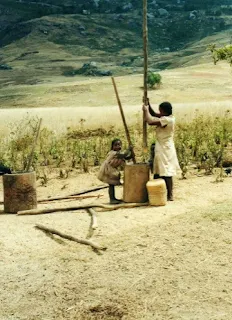How Rice Is Made in Madagascar — Tradition, Change, and Resilience
How Rice Is Made in Madagascar

Rice is the heart of the Malagasy diet — most families eat it three times a day, often from their own small fields.

In the 1970s, Madagascar was a rice exporter. Today, the country imports about 51% of its rice, leaving its economy vulnerable to global prices. The average household income is under $1.25 a day, classifying Madagascar as an extremely low-income African nation.
Rice farming provides income and employment for most rural families. Yet, rising prices for rice, cassava, and maize often do not benefit small farmers because they lack access to better markets and infrastructure.
Most rice production methods are still traditional, but some farmers now use the System of Rice Intensification (SRI) — a technique that saves water and seeds while increasing yields.

The French Jesuit priest Henri de Laulanié created SRI in the 1980s. Instead of flooding fields and planting clumps of mature seedlings, SRI farmers plant young seedlings farther apart on moist (not flooded) soil. The Better U Foundation, supported by actor Jim Carrey, helped expand SRI in Madagascar. Farmers say SRI uses 25–50% less water, 80–90% fewer seeds, and can double or triple yields.
Most rice is cultivated in the central and northern regions. Lowland paddies and terraced hillsides dominate landscapes between the capital Antananarivo and Antsirabe.

Natural disasters frequently threaten rice harvests. In March 2017, Cyclone Enawo — a Category 4 storm — crossed Madagascar, damaging crops and affecting more than 434,000 people. Just two years earlier, severe drought had already devastated southern harvests.
Together we build awareness that boosts harmony, education, and success. Explore more articles you may find thought-provoking:
- Historical African Country Names
- Top 20 Largest Countries in Africa
- How Many Countries Does Africa Have?
- Roots of Africanized Christianity Spiritual Songs
- Chocolate Processing Facts, History & Recipes
- Awesome Kenyan Woman
- Land Is Not for Women in Sierra Leone
- African Kente Cloth Facts
- Accra — The Ghanaian Capital Ultimate Mall Experience


